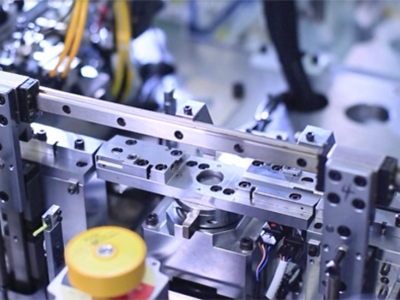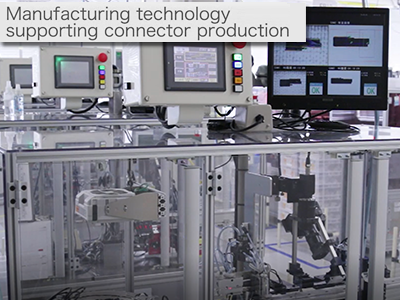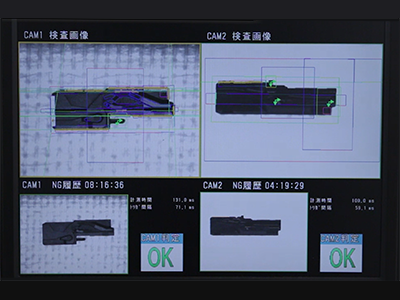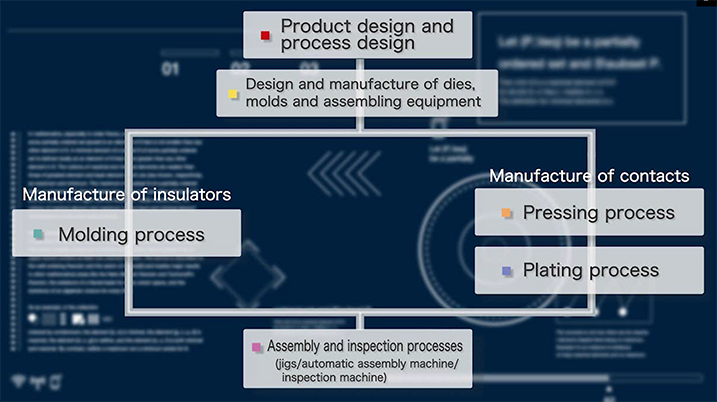About Connectors
Connectors are electronic components that link the flow of electric power and data signals.Connectors are used in modern society everywhere you look. We would like to introduce you to the functions and features of connectors, and the technology and production processes that support them.
Manufacturing Technology Supporting Connector Production
Next, let’s look at how connectors are manufactured.To create the structural components of a connector, a mold to form the insulator and contact, an automatic assembly machine and other manufacturing equipment, and plating devices are required. Using this equipment, the product is manufactured through the processes of molding the insulator, pressing the contact, plating the surface of the contact, and then assembly and inspection. A variety of technologies are necessary for manufacturing connectors, and our company is evolving and refining these as our core technologies. We will continue to introduce the flow of the manufacturing process, starting with molding technology.
Design and Manufacture of Dies, Molds, and Assembling Equipment
Mold dies and stamping dies are used for the production of insulators and contacts. A steel alloy with high strength and abrasion resistance are used for making the dies to ensure high precision and durability. Dies used in the manufacturing of connector insulators require high precision due to the very small separation between partitions. In order to guarantee the resin will flow and spread correctly through the narrow spaces in the mold, CAD tools are used to conduct a flow analysis to simulate the movement and amount of resin required. These complex molds are manufactured using a precision machine tool. Due to the great impact they have on the quality of connectors, mold designs require ultra-precise processing technology.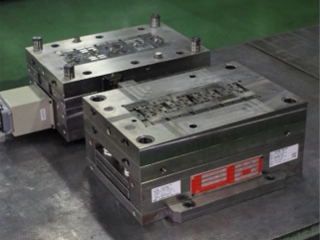
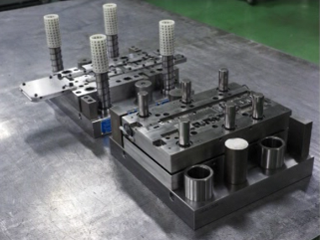
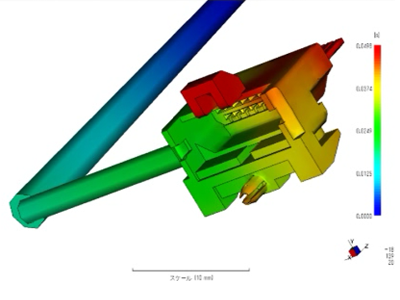
Molding Process
Next is the molding process. It is necessary to select a molding machine that is suitable for each of the parts, and then to set the mold. The materials of the insulators are mainly plastic resins, such as liquid crystal polymer and nylon. First, plastic resin, in the form of pellets, is melted into a liquid and injected into the molding die under high pressure. Then the resin is instantaneously cooled so it will harden, and is extracted. The key point in molding technology is “how quickly can a component be produced while maintaining stable quality?” To achieve this goal, it is very important to have experience and know-how.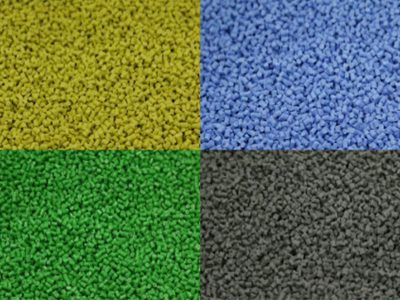
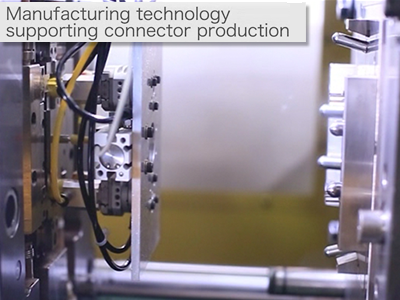
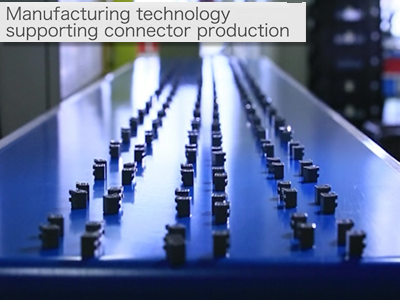
Pressing Process
Next is the pressing process to make contacts. Similar to the molding process, it is necessary to select a press machine and die which are suitable for each part to be produced.Sheet metal material is sent to the machine and passed between dies which use a piston like movement to shape and form a contact. For press technology, the key point is “how can a complicated contact be produced with high precision at the highest speed possible?” Pressed contacts are wound around a reel, and then sent to the plating process.
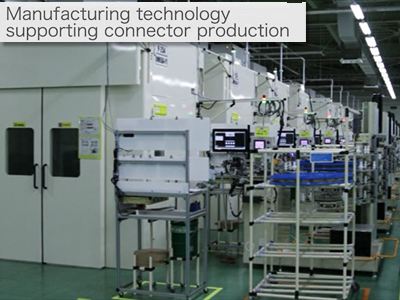
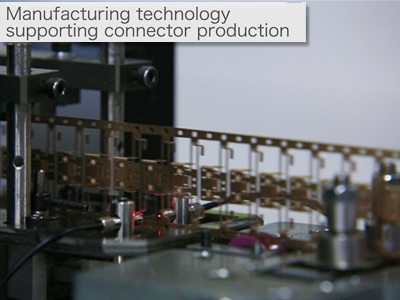
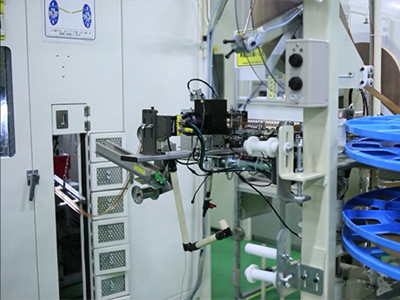
Plating Process
In the plating process, connection areas are plated to protect the point of contact from corrosion and abrasion, to establish a stable connection, and to make soldering easier for the customer. Plating technology is important not only to ensure the reliability of a contact, but also for solving environmental resistance issues. To this end, JAE has developed a unique plating technology which provides the best performance and reliability. Since plating waste liquid has an adverse effect on the environment, we have developed a sophisticated system focusing on detoxification and recycling of wastewaters.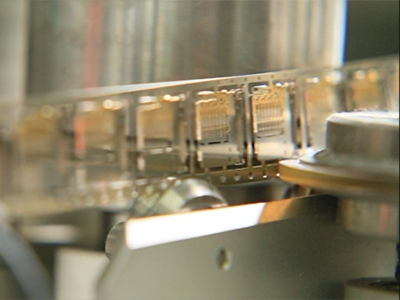
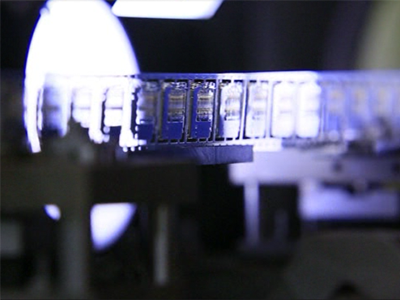
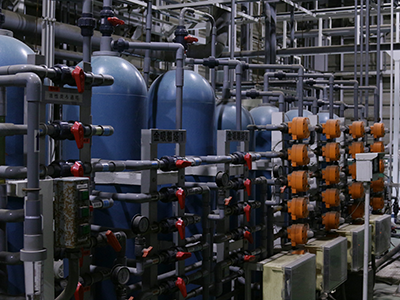
Assembly and Inspection Processes
Insulators and contacts will be assembled into finished products using an automatic assembly machine. The key is to simplify the assembling process using as few steps as possible. This is an indispensable consideration for assembling technology, process design, automatic assembly machines, jigs and tools. It can have a decisive effect on quality and cost.As connectors have gotten smaller, it has become even more important that small dust and dirt not contaminate the production area or the product.
JAE has a clean manufacturing environment, and has developed a sophisticated integrated process for assembling, inspecting, and packing, using an image based automatic inspection system.
